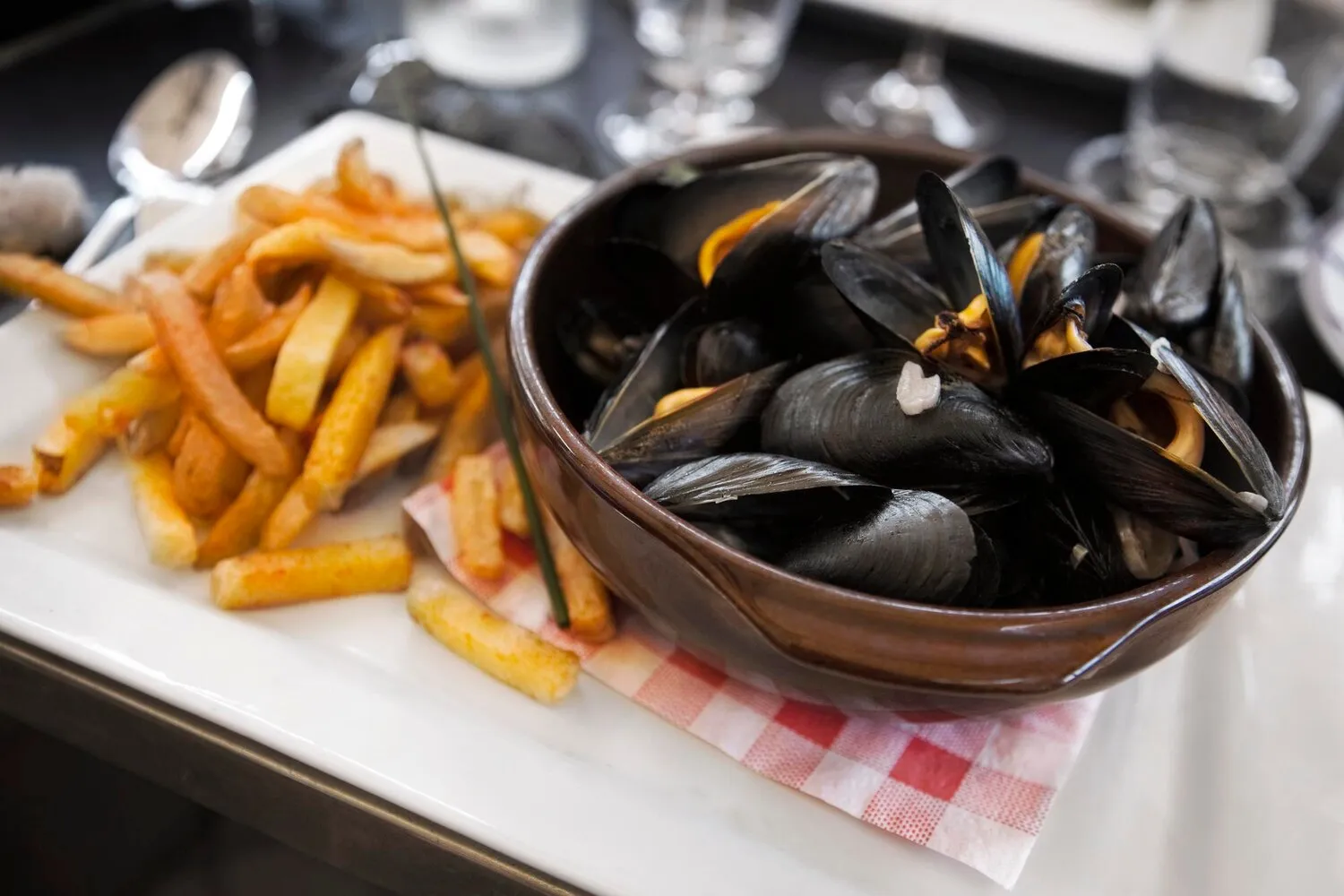
Carbonade Flamande
A traditional Flemish beef stew, slow-cooked in beer with onions and bread.
Nutrition Facts
* The % Daily Value (DV) tells you how much a nutrient in a serving of food contributes to a daily diet. 2,000 calories a day is used for general nutrition advice.
Carbonade Flamande, a hearty beef stew, reflects Belgium's rich brewing tradition and agricultural heritage. The use of beer in cooking dates back centuries, utilizing local brews to tenderize and flavor meats. Stews, in general, were a staple as they allowed for utilizing cheaper cuts of meat and maximizing resources, representing a practical and flavorful solution for feeding families. The specific origins and development of Carbonade Flamande as we know it today are somewhat shrouded in history, but it evolved as a comforting, nourishing dish rooted in Belgian culinary traditions.
Carbonade Flamande is deeply ingrained in Belgian culture as a symbol of home cooking, comfort, and conviviality.
Family Meal
It is often prepared and shared during family gatherings, especially in the colder months, representing warmth and connection. Recipes are passed down through generations, varying slightly by family, contributing to a sense of tradition and heritage.
Pub Fare
Carbonade Flamande is a popular dish served in Belgian pubs (estaminets), enjoyed alongside local beers. It's a staple on pub menus, showcasing the country's culinary pride to locals and tourists alike.
Regional Variations
While the core elements remain consistent, regional variations exist in the choice of beer used, the type of bread added, and the specific seasonings. This reflects the diverse culinary landscape of Belgium.
Carbonade Flamande is characterized by a rich, slightly sweet, and deeply savory flavor profile.
The dish's flavor complexity comes from the combination of tender beef, browned onions caramelized to bring out their sweetness, and the subtle bitterness and malty notes of Belgian beer. The beer not only tenderizes the meat but also contributes unique flavor layers. Bread, often pain d'épices (spice bread) or rye bread, thickens the sauce and adds a touch of sweetness and spice. Mustard provides a contrasting tanginess that balances the sweetness. Herbs like thyme and bay leaf enhance the savory notes, resulting in a hearty and flavorful stew.
Beer Selection
Choosing the right beer is crucial. A Belgian Dubbel or Brune (brown ale) is typically recommended for its rich, malty flavors and moderate bitterness. Avoid overly hoppy or light beers, as they may not contribute the desired depth of flavor.
Browning the Beef
Properly browning the beef is essential for developing a deep, savory flavor base. Don't overcrowd the pan; brown the beef in batches to ensure even searing.
Low and Slow Cooking
Slow cooking is key to tenderizing the beef and allowing the flavors to meld together. Use a Dutch oven or a slow cooker for best results, simmering the stew for at least 2-3 hours.
Bread Thickening
Spread mustard generously on the bread slices before adding them to the stew. This helps to thicken the sauce and infuse it with a tangy flavor. Ensure the bread is submerged in the liquid to properly dissolve.
Resting Period
Allowing the Carbonade Flamande to rest for a period after cooking, even overnight, enhances the flavors as they continue to develop and meld together.
Explore additional Belgian dishes and restaurants
Explore BelgianDiscover top dining spots and culinary experiences in Brugge.
Explore BruggeLearn more about the food culture, restaurant scene, and culinary heritage of Belgium.
Explore Belgium